According to history books, Co Le Pagoda was built in the 12th century under King Ly Than Tong, with the original wooden structure following ancient architectural style. The pagoda worships Buddha and Saint Nguyen Minh Khong.
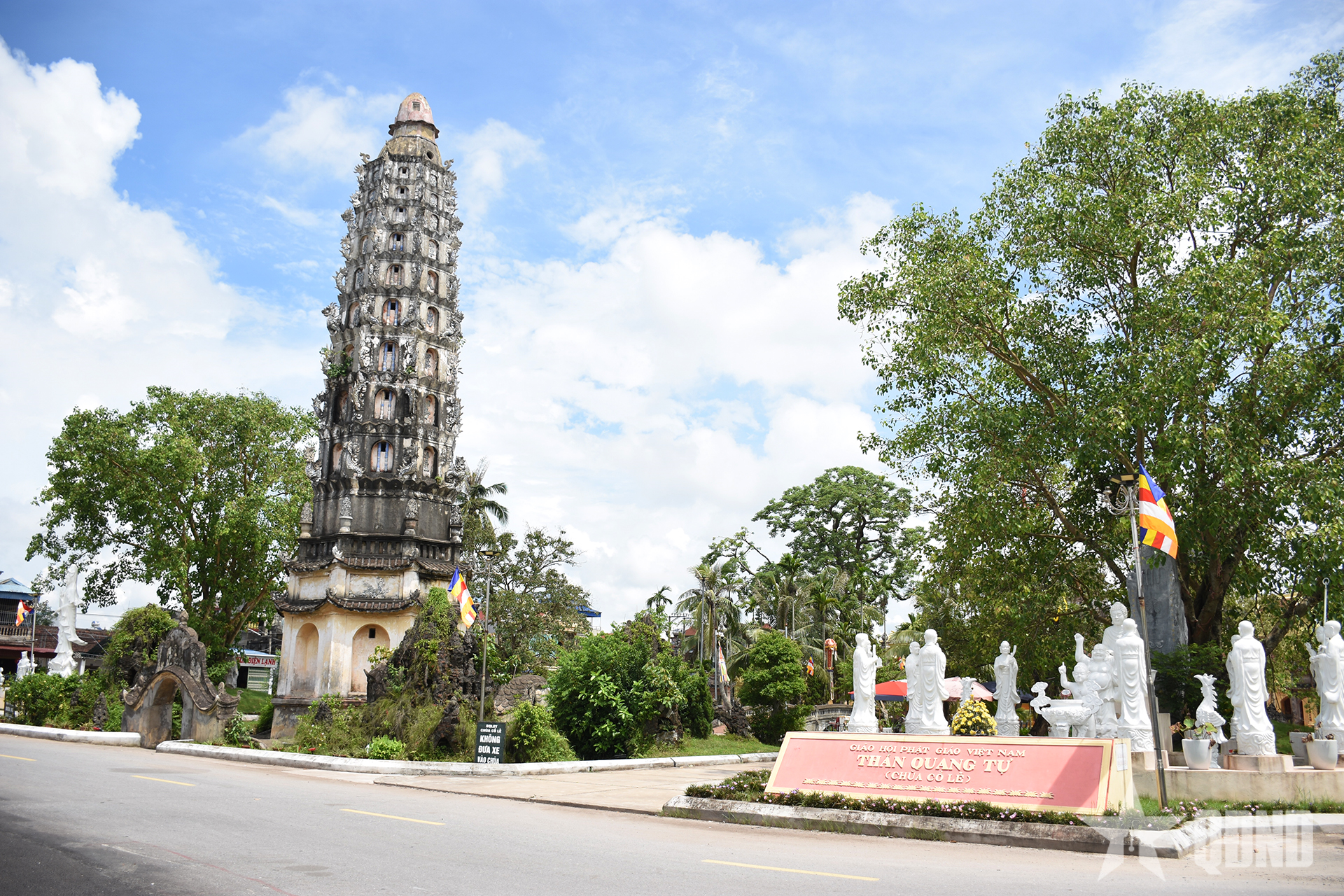 |
| View of Co Le Pagoda - Than Quang Tu. |
In 1902, the First Patriarch Pham Quang Tuyen returned to preside over the temple and, together with the people, rebuilt it in the "Nhat Thoc Lau Dai" style. The temple grounds are surrounded by small rivers and lakes, creating a harmonious feng shui and adding a peaceful look to the landscape.
In front of the pagoda stands out the 32m high Nine-Piece Lotus Tower, built in 1927. The tower is 9 stories high, meaning “nine levels of heaven”. The tower base is placed on the back of a large turtle, its head facing the pagoda.
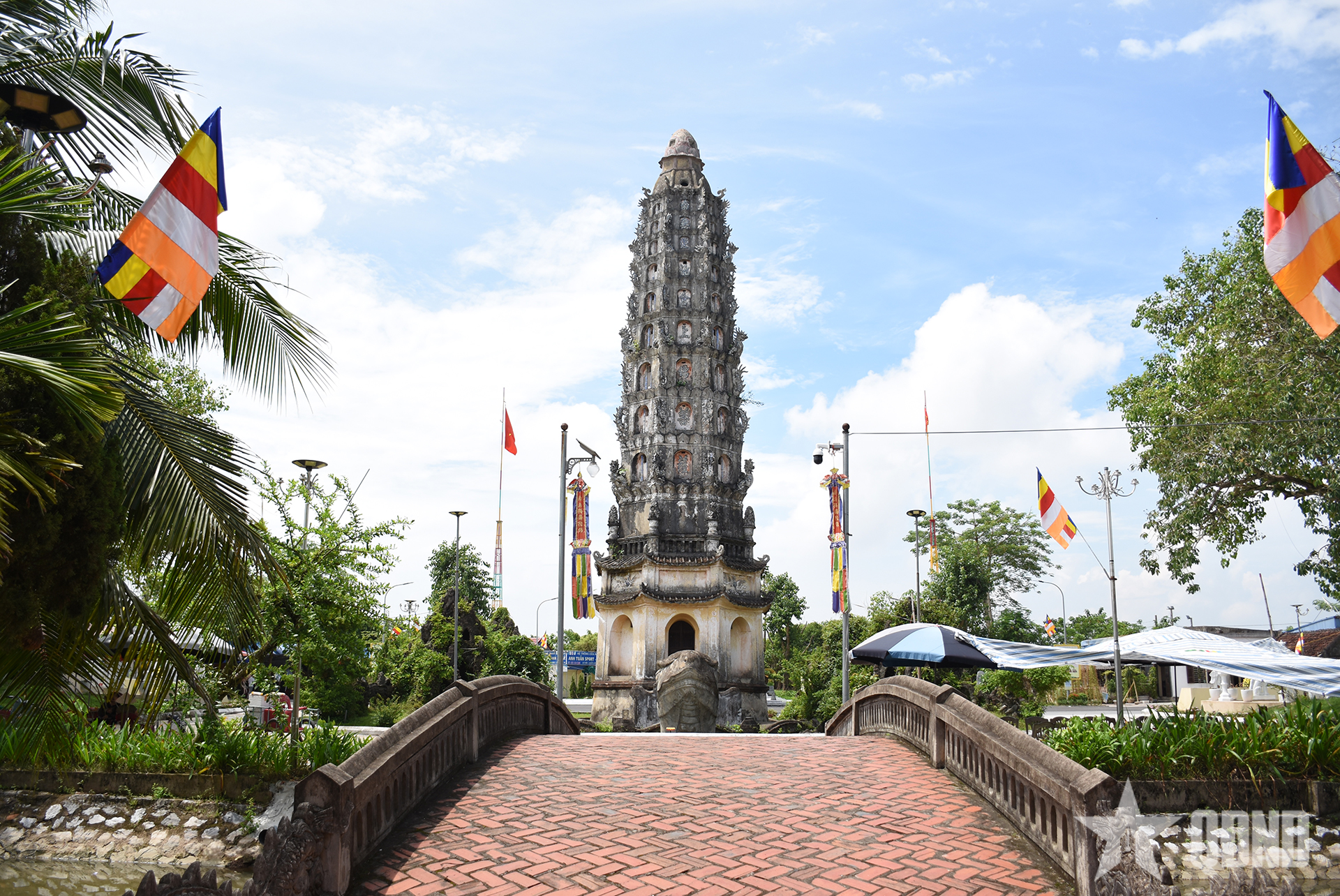 |
| Nine-grade Lotus Tower is 32m high. |
Inside the pagoda, in the middle of the lake in front of the main hall, is the Great Bell weighing 9 tons. The bell was cast in 1936, about 4.2m high; mouth diameter 2.2m.
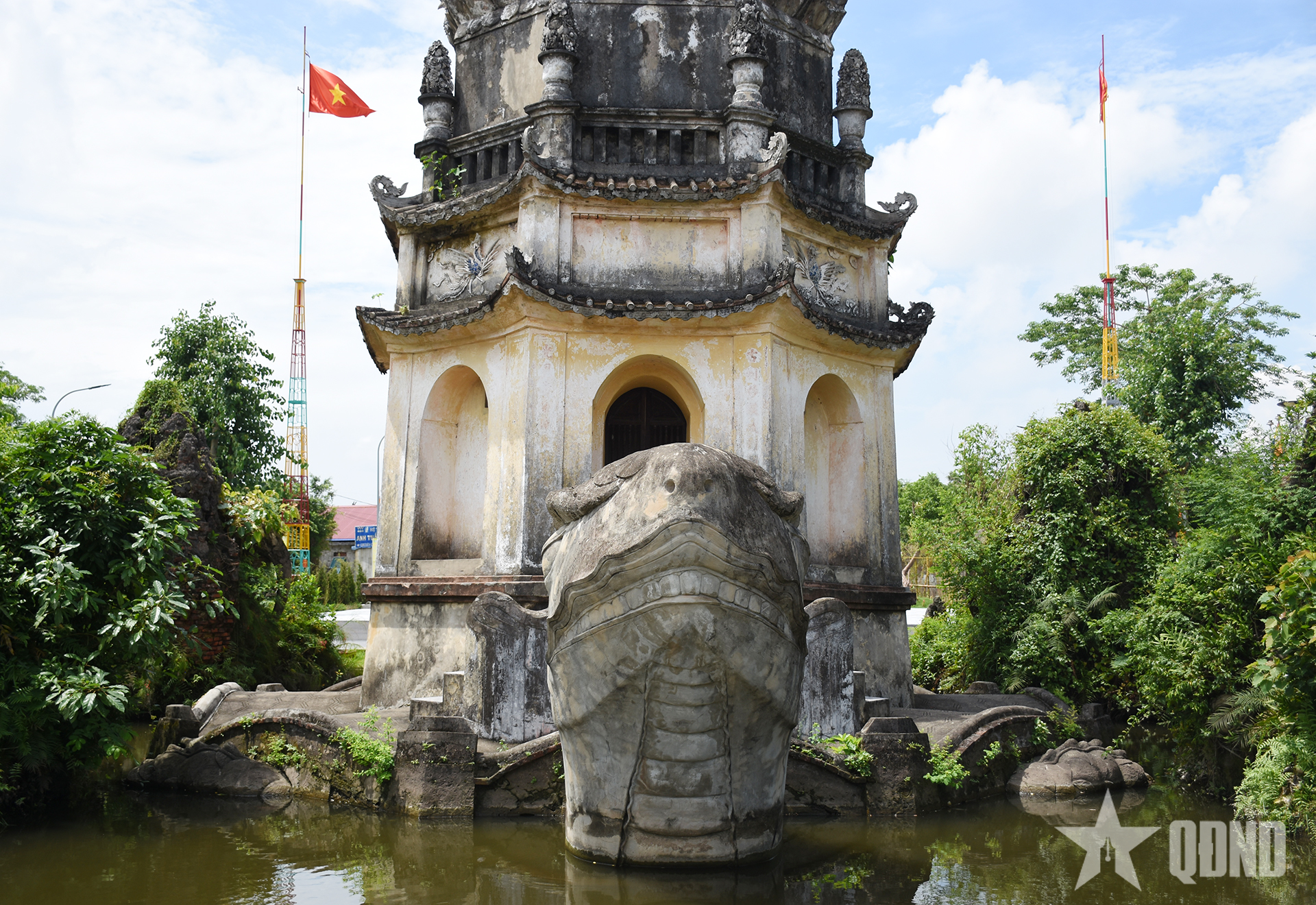 |
| The tower is placed on the back of a turtle. |
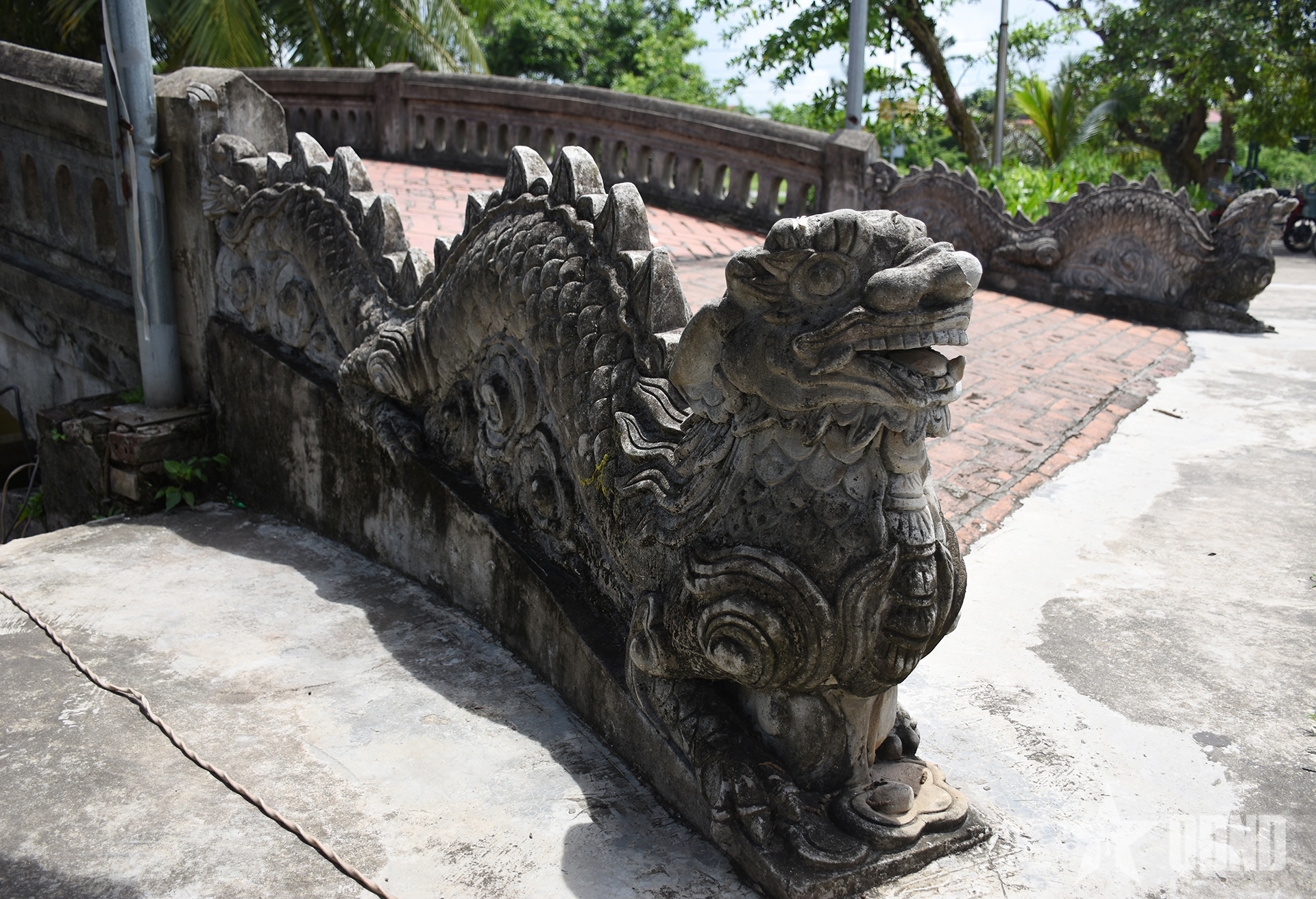 |
| Architecture of Co Le Pagoda. |
The main hall of the pagoda is 29m high. According to history books, on February 27, 1947, at Co Le Pagoda, the abbot Thich The Long held a ceremony to vow "Taking off the monk's robe and putting on battle armor" for 27 monks to go to battle in response to President Ho Chi Minh 's call for "National Resistance".
In the book “History of Buddhism in Truc Ninh district”, it is written about this event as follows: “The group of monks wearing cassocks, barefoot, bareheaded, holding cloth hats, lined up in rows of three, last were the two nuns Dam Nhung and Dam Lan. Following that was the vow for the 27 monks: “Take off your cassocks, put on your armor/ Draw your swords, carry your guns to kill the soldiers/ Go forth determined to avenge and save the country/ Forget yourself for the sake of righteousness, sacrifice your blood”.
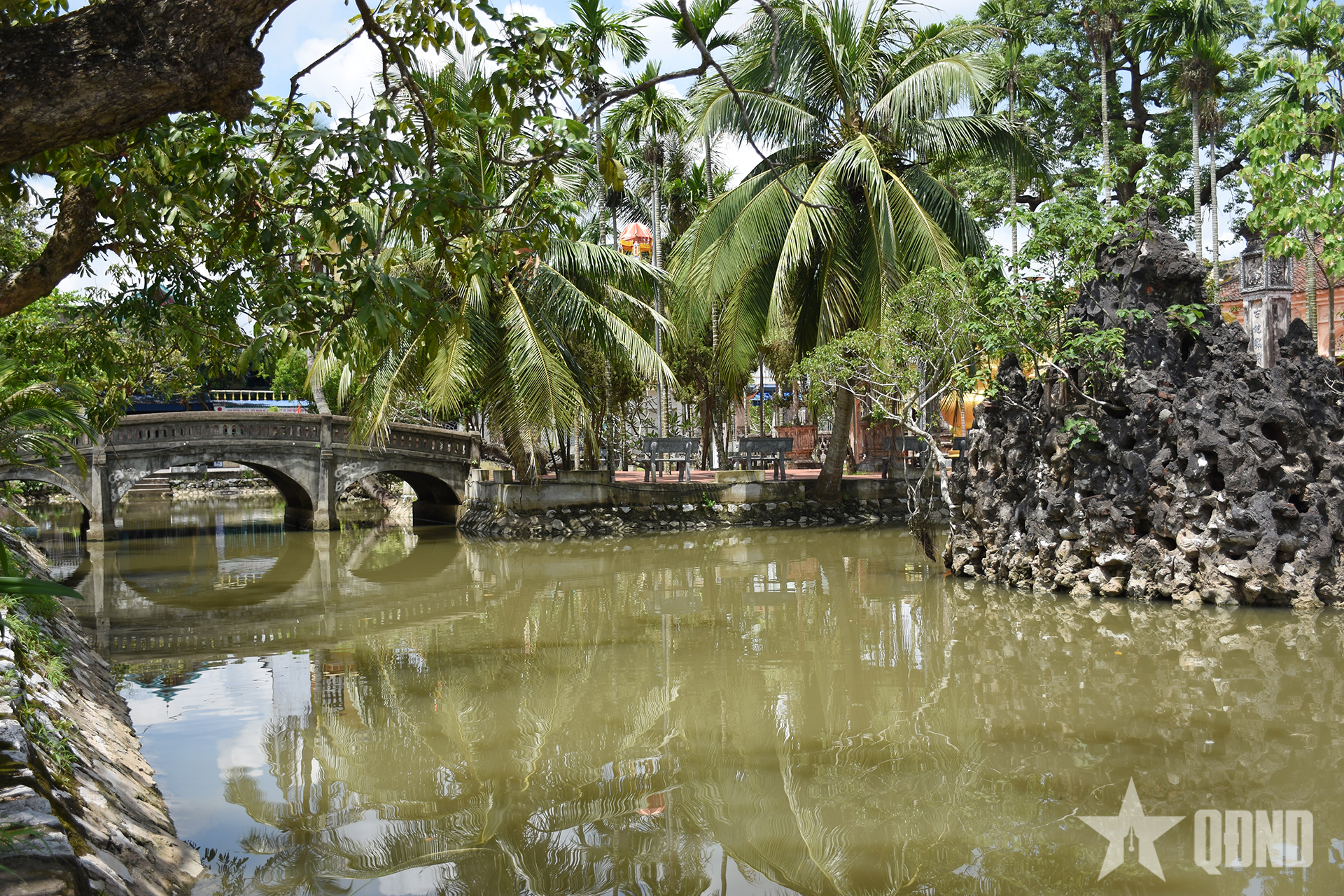 |
| The temple is surrounded by a lake. |
During the resistance war against America to save the country, Co Le pagoda continued to hold ceremonies for 8 other monks to go to war.
35 monks of Co Le Pagoda have achieved many feats, 12 of whom sacrificed their lives and became martyrs. Many of them, after completing their mission of fighting to save the country, returned to monastic life, some became high-ranking officers in the Army... Today, behind the pagoda, there is a memorial to the Buddhist martyrs of the pagoda who heroically sacrificed their lives, along with a pair of parallel sentences: "Bravely sacrificing themselves for religion, for the people, for the Fatherland/ Compassionately saving the suffering, remembering grace, remembering virtue, remembering merit".
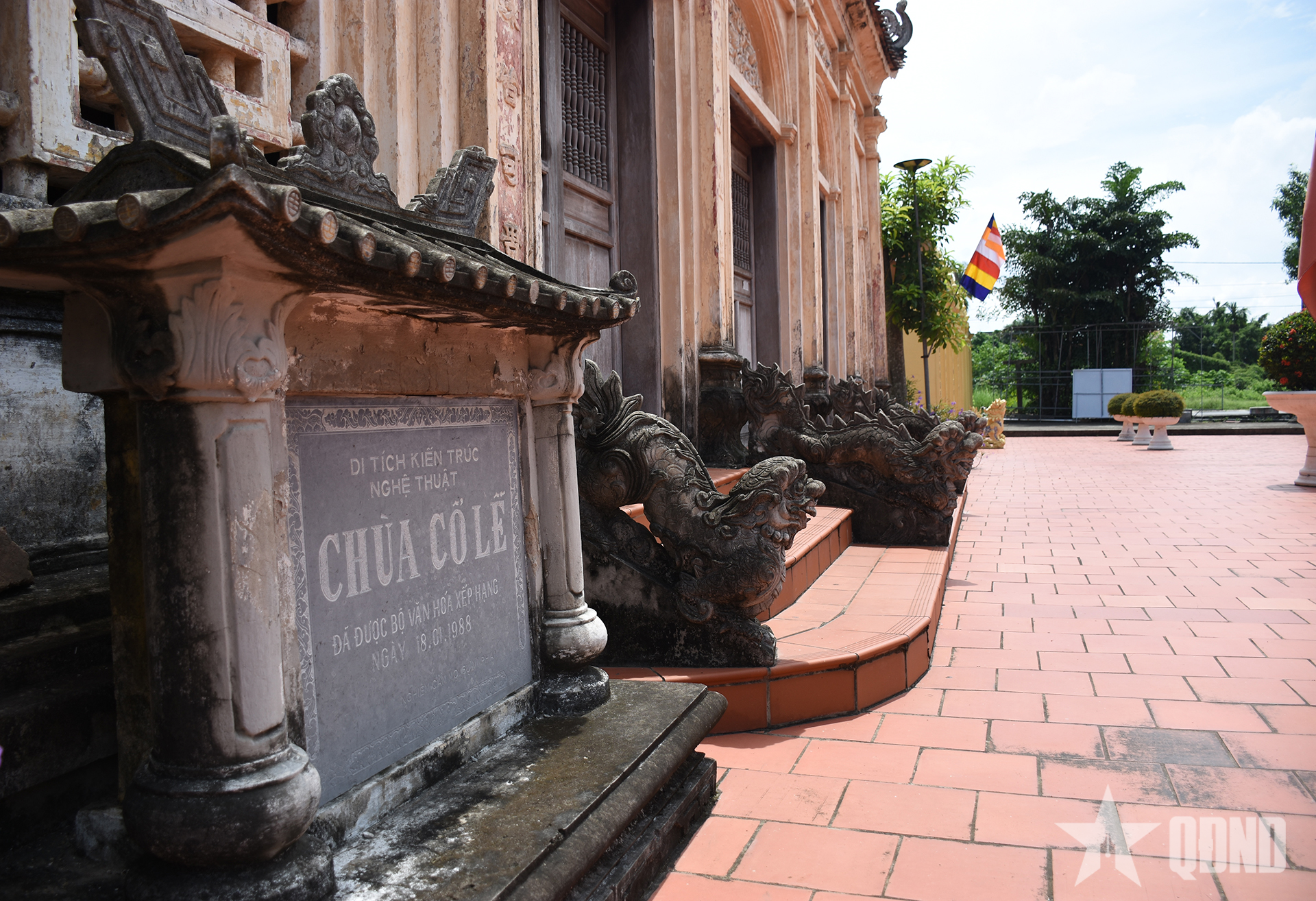 |
| Co Le Pagoda was ranked as a National Architectural and Artistic Monument in 1988. |
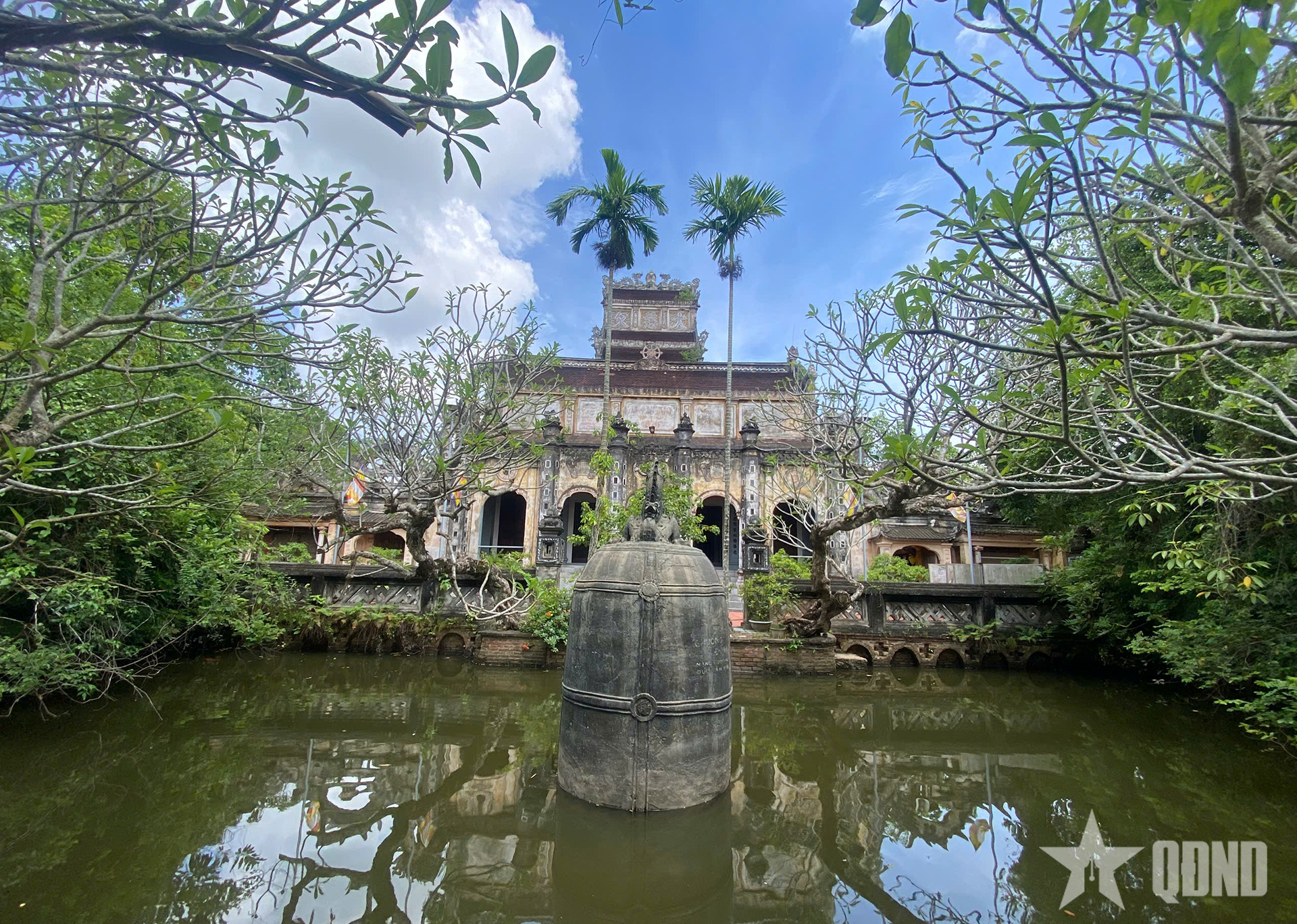 |
| The 9-ton Great Bell lies in the middle of the lake. |
During the resistance wars against France and the US, Co Le Pagoda was also a meeting place to direct the revolutionary movement of Nam Dinh province and Truc Ninh district, and a base for the province's armed revolutionary propaganda team. The pagoda was also a base for hiding cadres, guerrillas and main force troops. The Nine-Plate Lotus Tower once played the role of an observation post to direct the gathering of troops and guerrillas to attack the Co Le - Vo Tinh outpost in 1952.
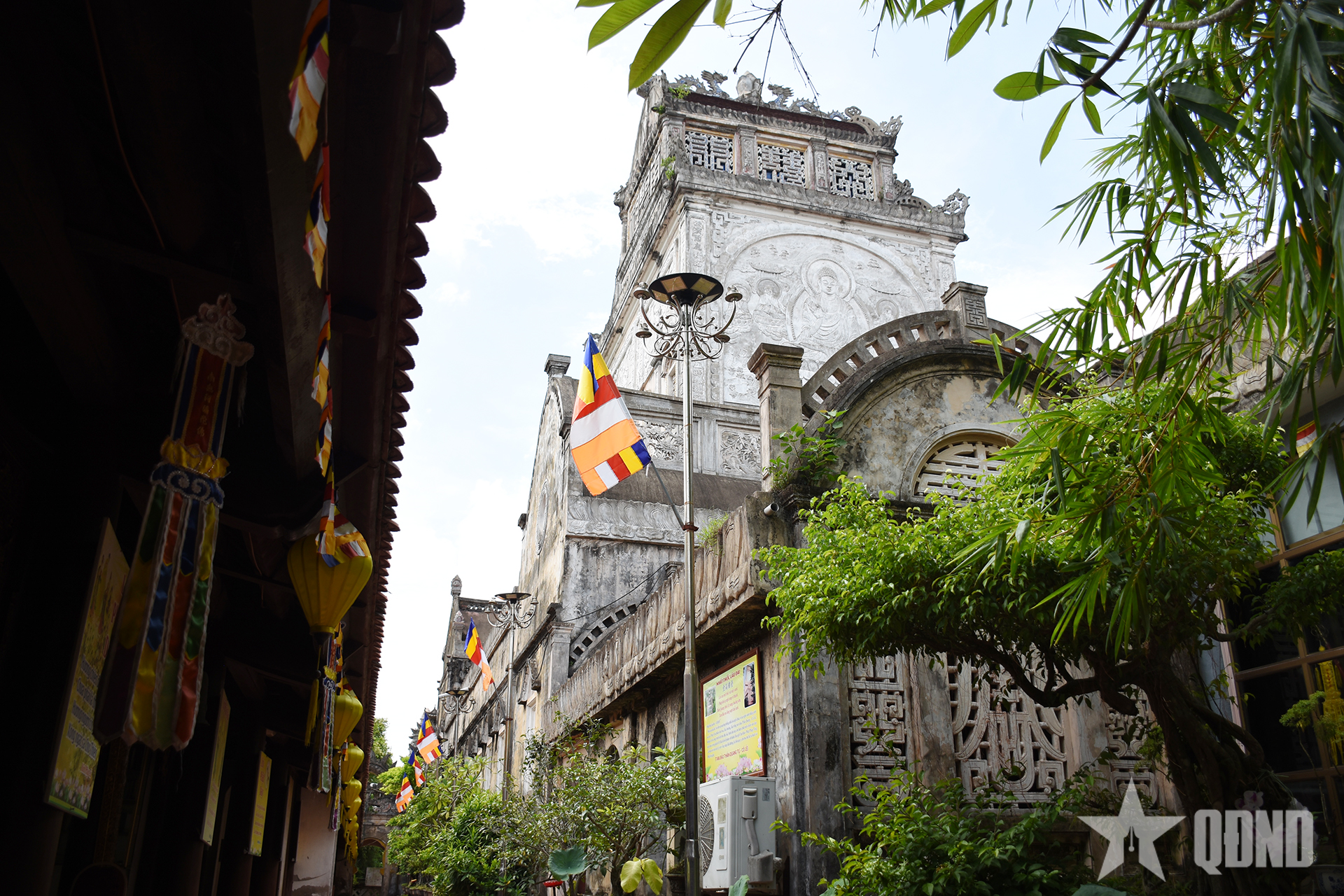 |
| The main hall of Co Le Pagoda. |
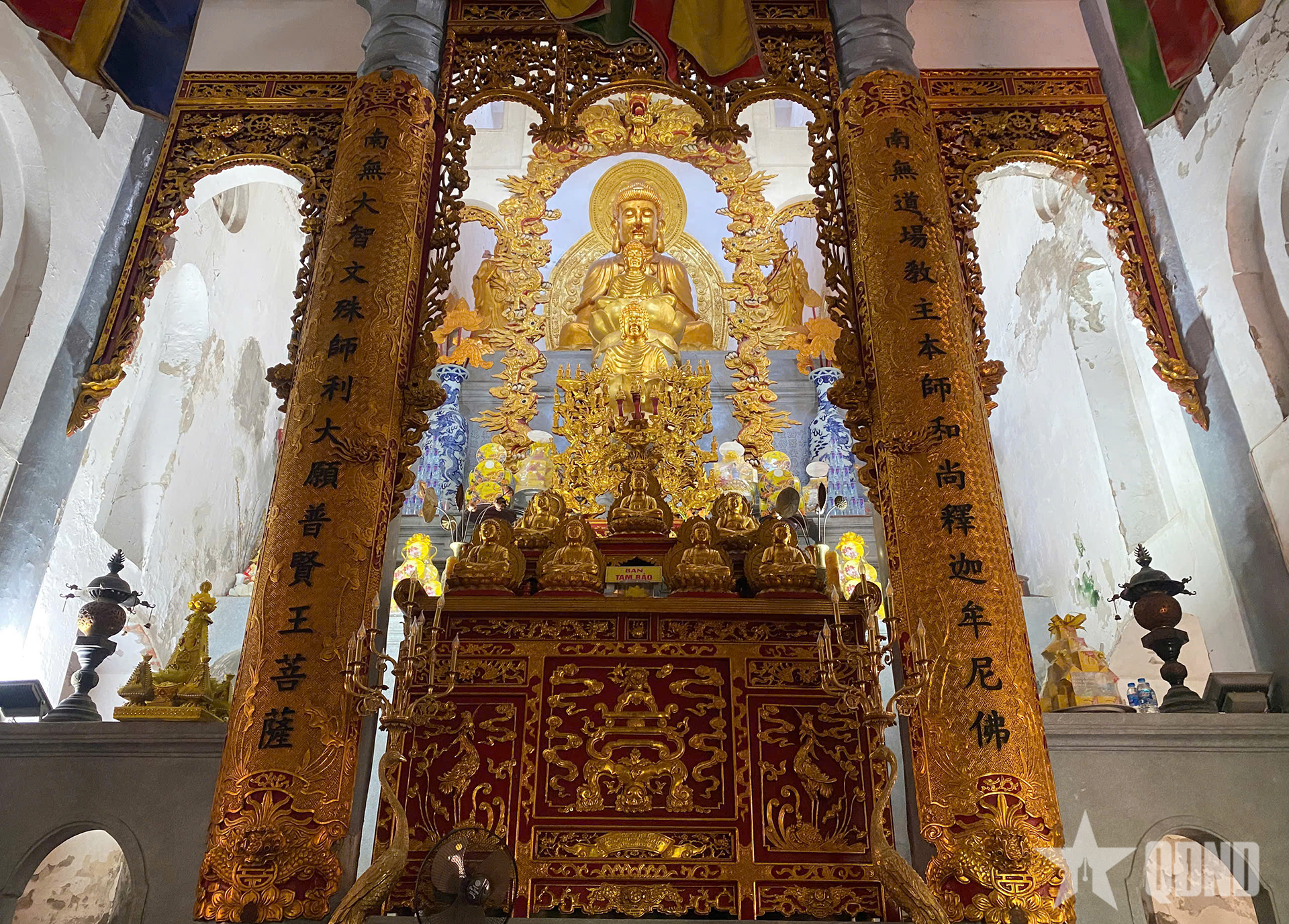 |
| Co Le Pagoda worships Buddha and Saint Nguyen Minh Khong. |
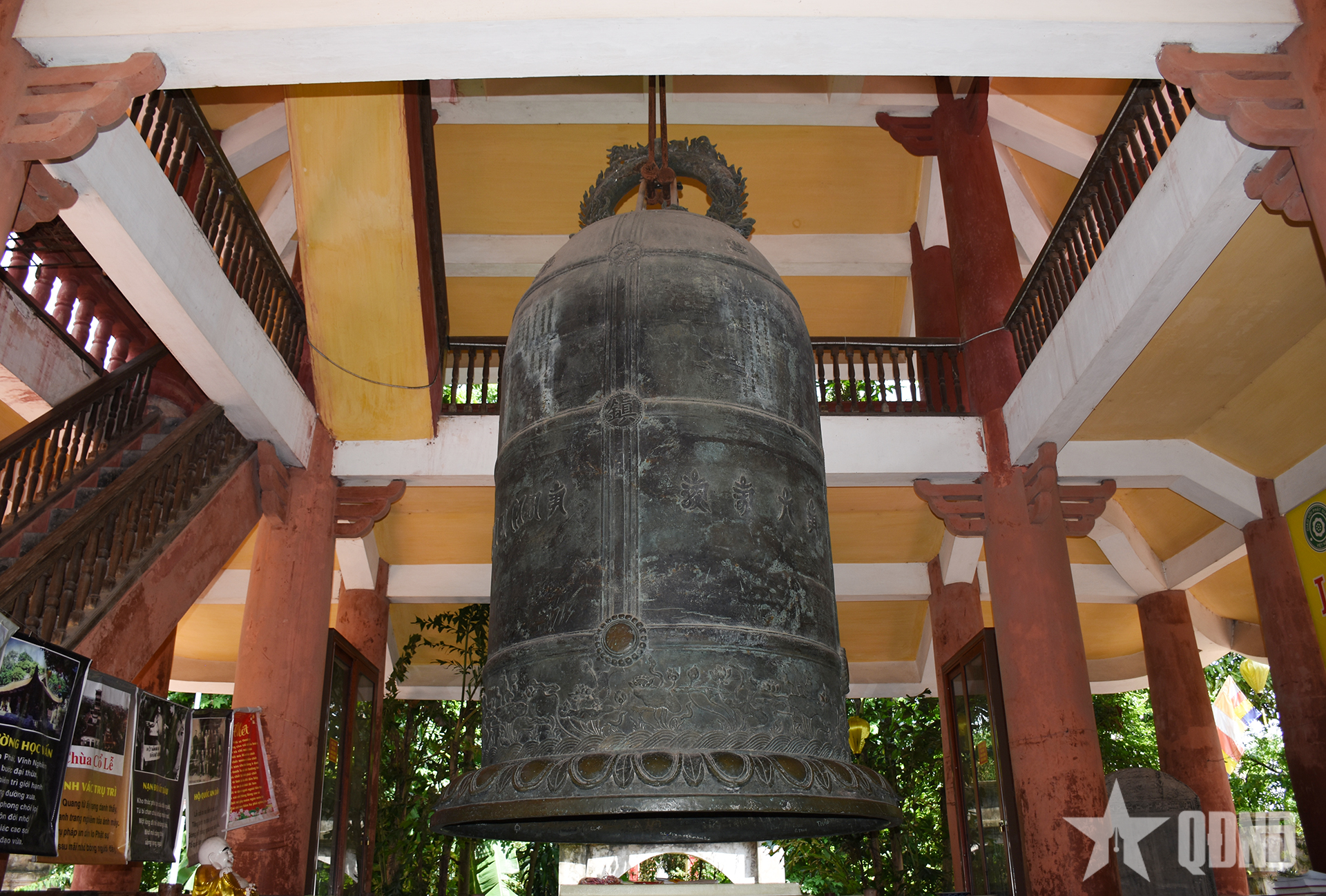 |
| Bell tower of Co Le Pagoda. |
With its great cultural, historical, architectural and artistic values, Co Le Pagoda was ranked as a National Architectural and Artistic Relic in 1988 and in September 2025 was ranked as a Special National Relic.
HOA LU (implementation)
Source: https://www.qdnd.vn/van-hoa/doi-song/chua-co-le-noi-35-nha-su-coi-ao-ca-sa-khoac-chien-bao-847130







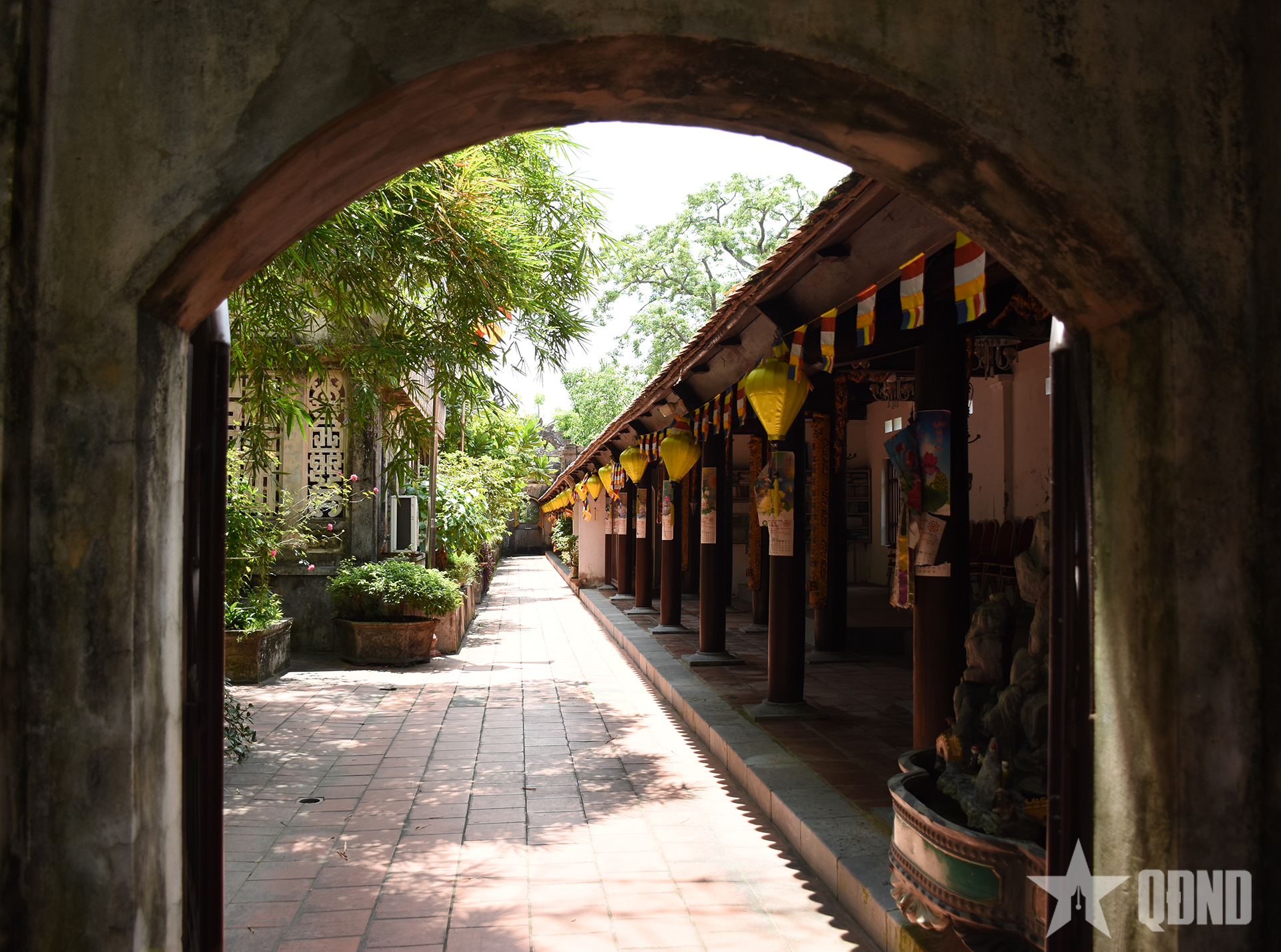
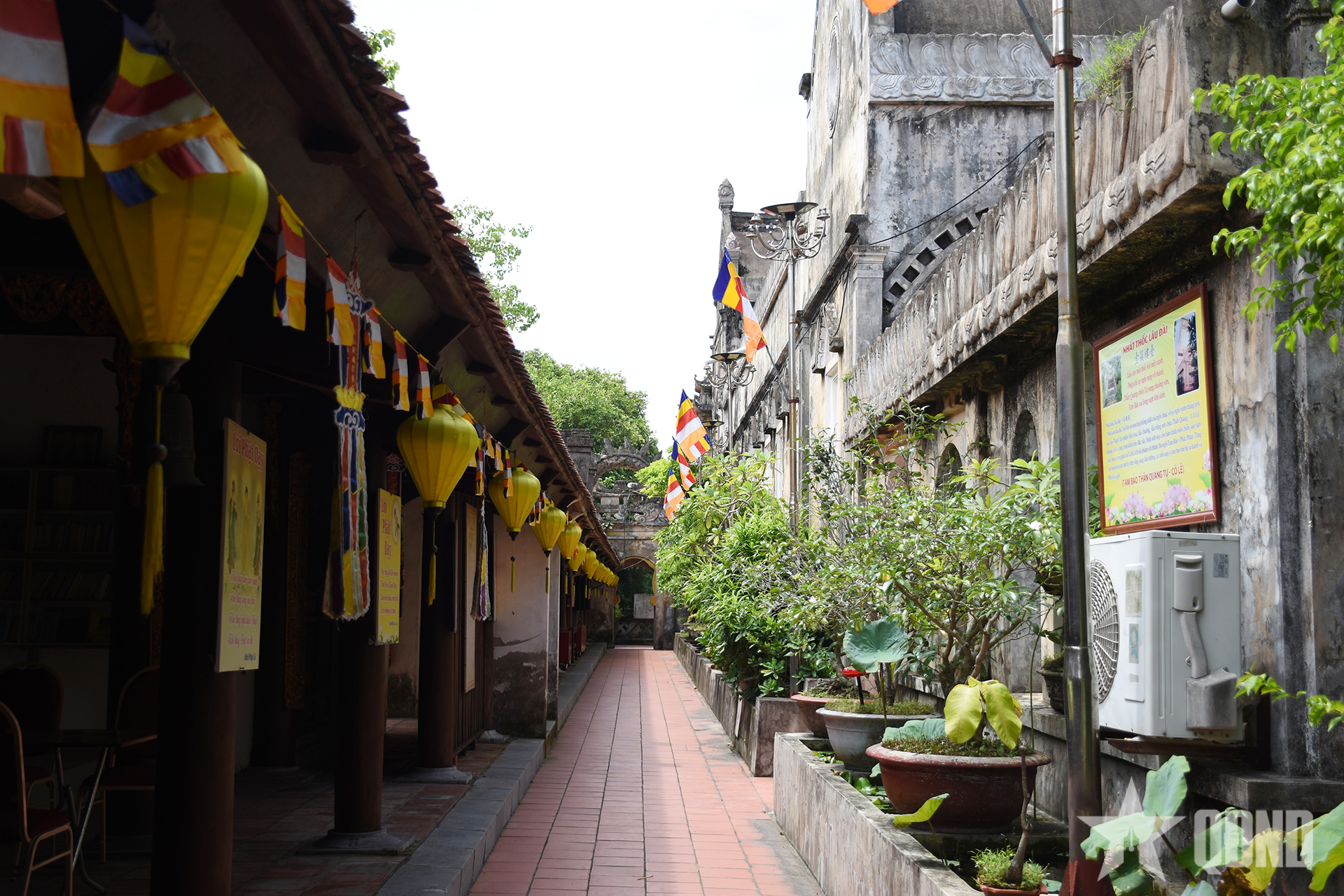
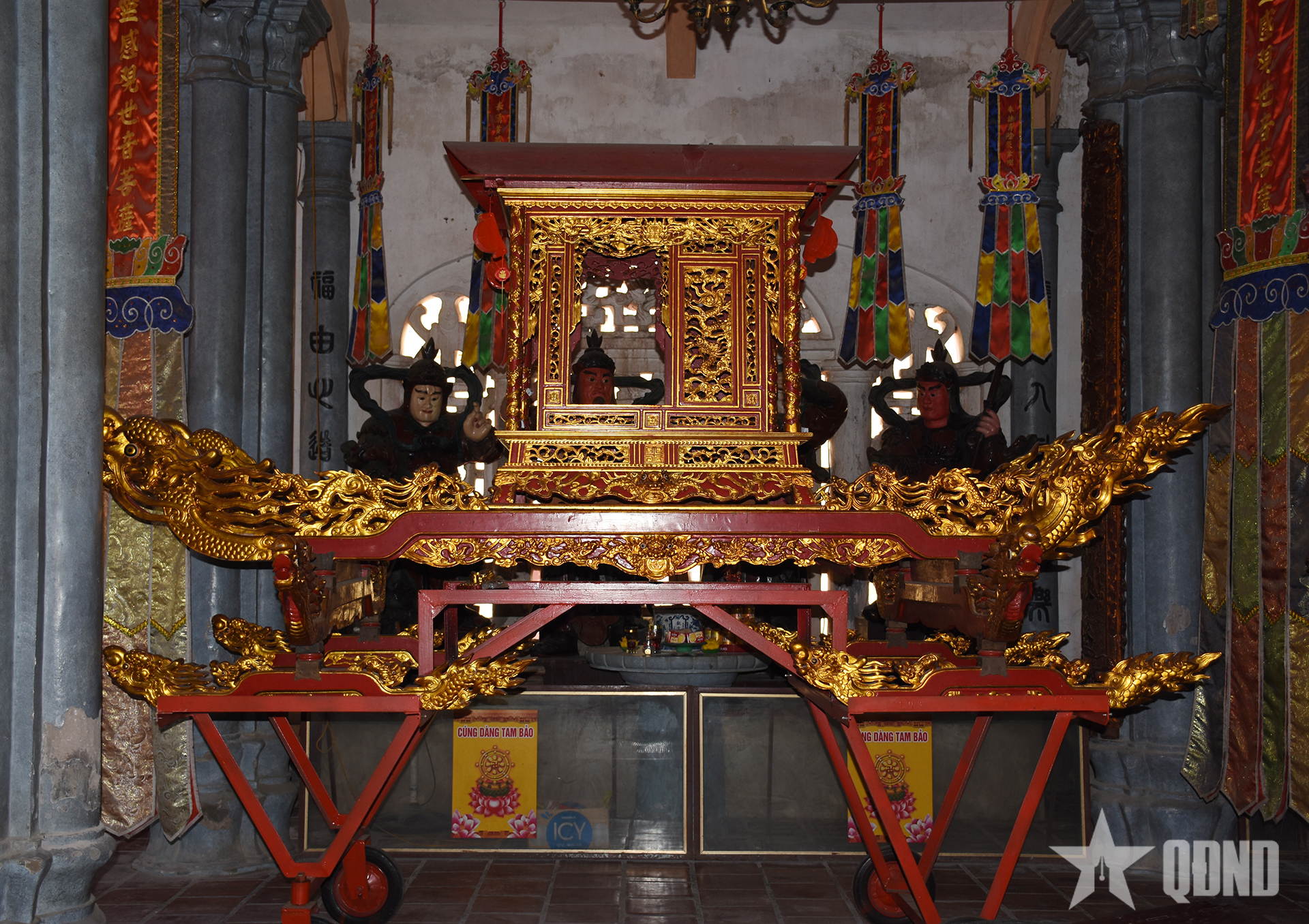










![[Photo] Binh Trieu 1 Bridge has been completed, raised by 1.1m, and will open to traffic at the end of November.](https://vphoto.vietnam.vn/thumb/1200x675/vietnam/resource/IMAGE/2025/10/2/a6549e2a3b5848a1ba76a1ded6141fae)
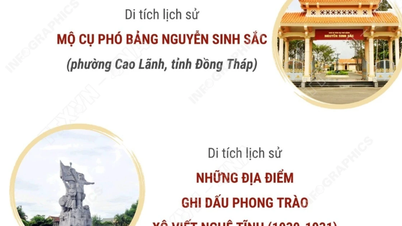



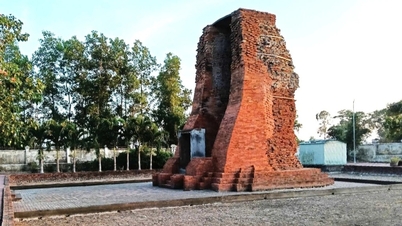

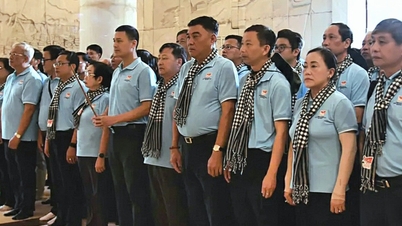

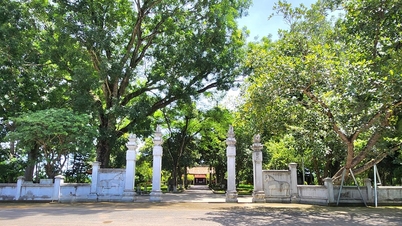

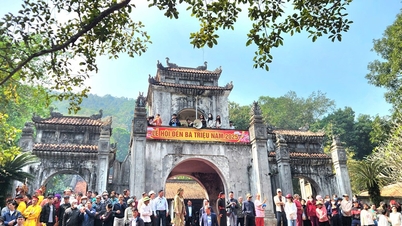
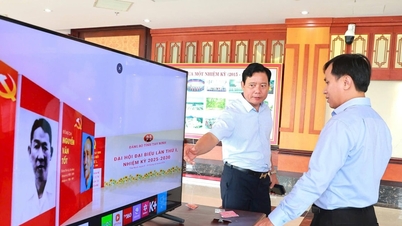













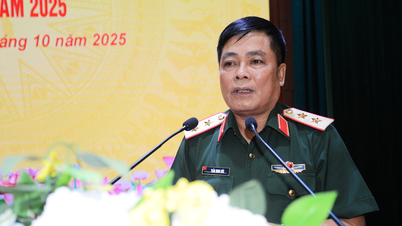
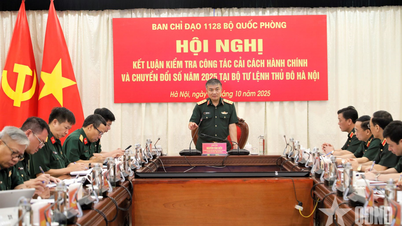

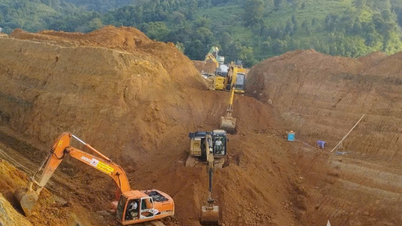
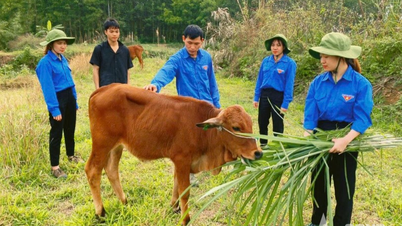



























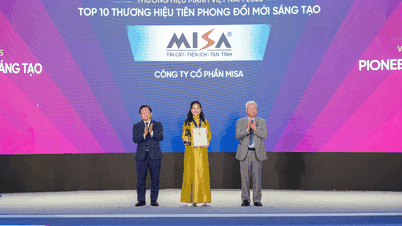




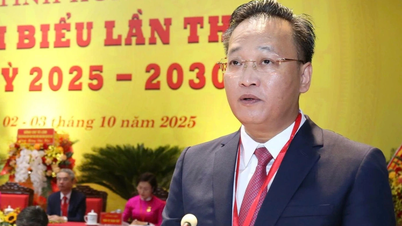



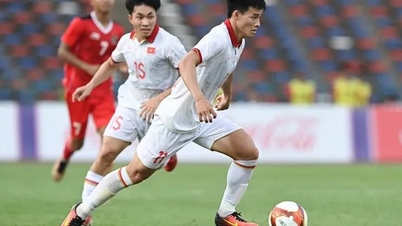

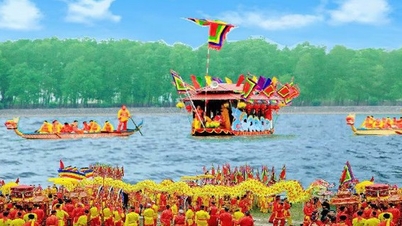
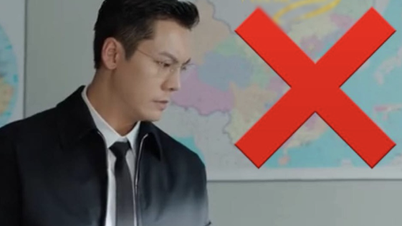
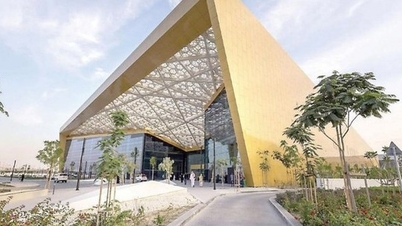
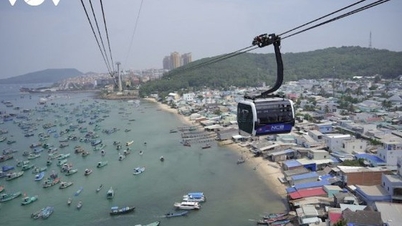


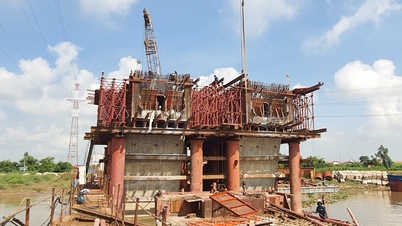

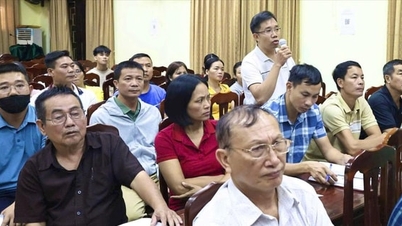


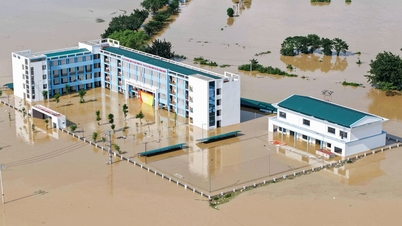
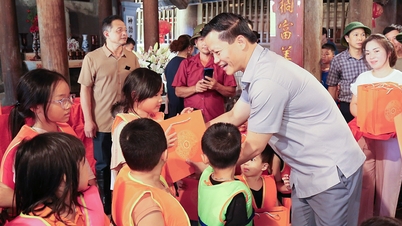












Comment (0)